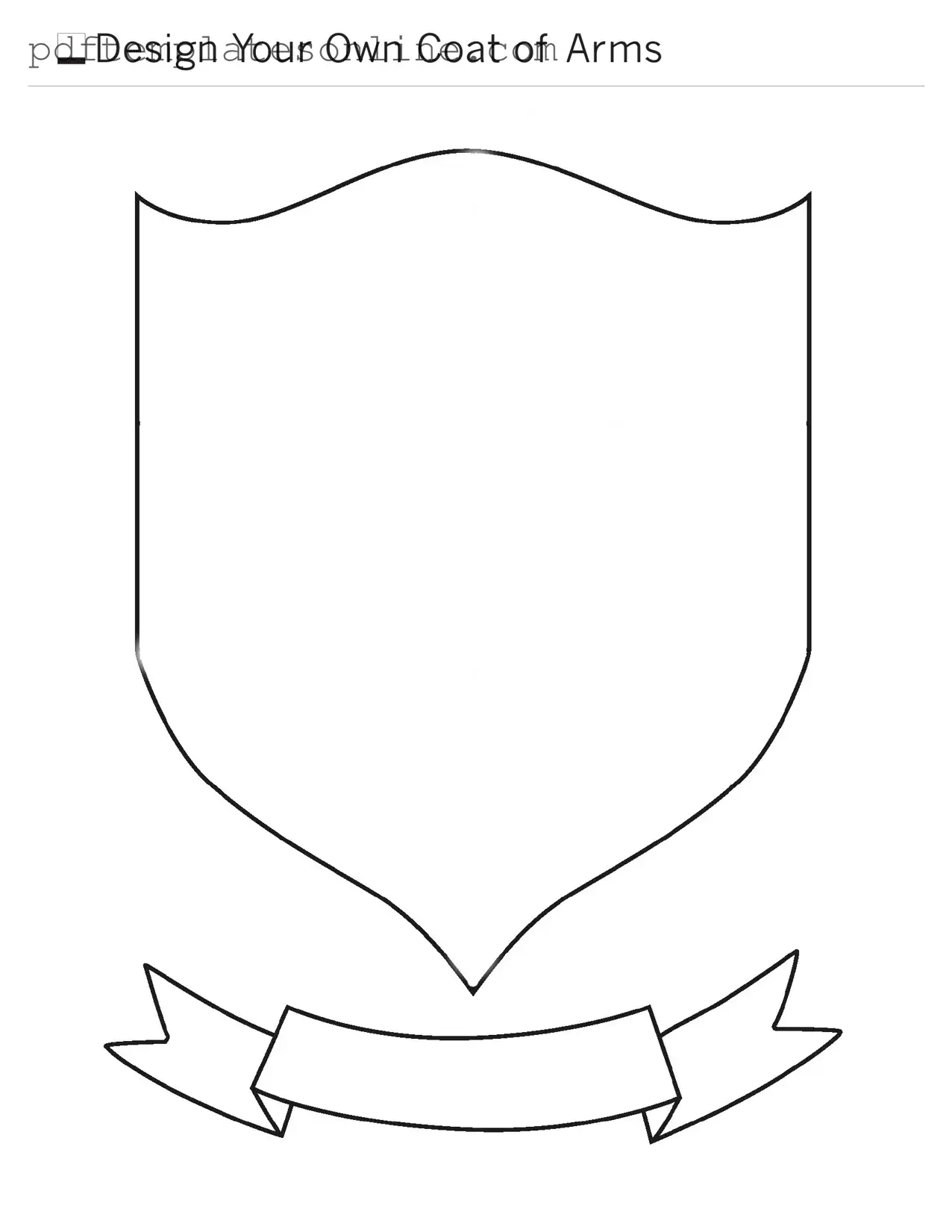Filling out the Coat of Arms form can be a daunting task, and many individuals make common mistakes that can lead to delays or complications. One frequent error is failing to provide all required information. Each section of the form is designed to capture specific details, and omitting any part can result in rejection. Always double-check that every field is completed.
Another mistake is using unclear or vague language. When describing the elements of the coat of arms, it’s essential to be precise. Ambiguities can lead to misunderstandings during the approval process. Clear descriptions help the reviewing body understand the intent and significance behind each element.
People often neglect to review the guidelines for acceptable symbols and colors. The Coat of Arms has a rich tradition and specific rules regarding what can be included. Using unauthorized symbols can lead to rejection of the application. Familiarize yourself with these guidelines to avoid this pitfall.
Some applicants mistakenly assume that they can submit a rough draft of their design. The form typically requires a polished and finalized version of the coat of arms. Submitting a draft can create confusion and may result in additional requests for information.
Additionally, many individuals overlook the importance of signatures. The form usually requires signatures from all relevant parties, including family members or organizations involved. Missing signatures can halt the processing of the application.
Another common error is failing to provide a clear rationale for the design choices. The form often asks for an explanation of the elements included in the coat of arms. Providing a thoughtful rationale adds depth to the application and can enhance its chances of approval.
People sometimes forget to include contact information. It’s crucial to provide up-to-date contact details, as this allows the reviewing authority to reach you for any questions or clarifications. Without this information, the process can stall.
Moreover, applicants may not pay attention to the formatting requirements. Each form has specific instructions regarding font size, margins, and overall presentation. Ignoring these requirements can lead to unnecessary complications.
Lastly, procrastination can be a significant hurdle. Many individuals wait until the last minute to complete the form, leading to rushed submissions. Taking the time to carefully fill out the form can prevent many of the mistakes mentioned above.
By being aware of these common mistakes, individuals can navigate the Coat of Arms form more effectively. Attention to detail and a thoughtful approach can make a significant difference in the outcome of the application.
